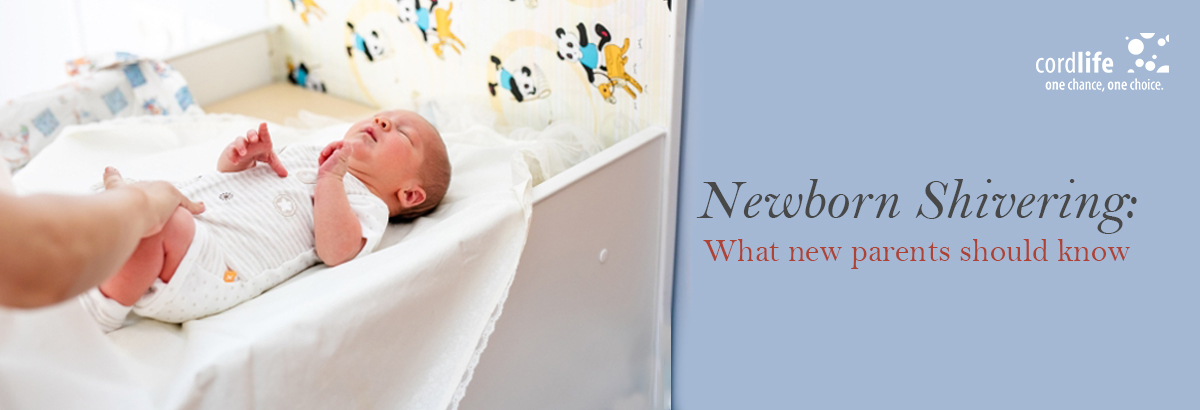Table of Contents
As new parents, it’s natural to feel concerned when you notice odd or shaky movements in your newborn – whether it is a quivering chin, trembling hands, jittery motion or jerky arms and leg gestures. These movements are commonly known as newborn shaking, tremors or shivering. While most of these movements Understanding these movements is essential.
NewBorn Shivering as a Sign of Fever
When your baby has a fever, the shivering occurs when an increase in the body temperature as your newborn attempts to regulate heat. Your child may feel hot and dry at the slightest touch.
Tips
When your little one is feverish, avoid underdressing or overdressing them.
Fine Motor Skill Development
During the first 28 days of your neonate’s life, you may notice your newborn’s head is shaking slightly. As they grow older, the development of fine motor skills may include twitching of the wrists and fingers. These movements are a part of normal development for newborns and older babies.
Tips
To help develop fine motor skills, engage your child in activities involving precise hand movements, such as threading beads, and provide them with toys that enhance dexterity.
The Startle (Moro) Reflex
Your newborn may suddenly startle in response to a loud noise, leading to involuntary movement or shivering while sleeping. This is known as reflex or Moro reflex and, is common in babies from birth to about – 6 months old.
Tips
Swaddling or using sleep sacks can help reduce these reflex movements during naps.
Newborn Wakes Up
Babies may exhibit twitchy or shaky movements while falling asleep or waking up, what you might be witnessing is likely a benign condition called sleep myoclonus, also known as nocturnal myoclonus which involves involuntary muscle jerks.
Tips
Rest assured, sleep myoclonus is a common occurrence among infants and usually fades as they grow older. Understanding this can provide you with a sense of relief and allow you to feel more at ease during those early parenting days. However, if you notice that the shivering persists or is accompanied by other symptoms like excessive irritability or changes in feeding patterns, don’t hesitate to reach out to your paediatrician for guidance. Your baby’s health and comfort are paramount!
Diaper Changes
If your baby shakes during diaper changes, it may simply indicate their dislike for the process. Many infants express discomfort through their movements for sudden changes in temperature and sensation.
Tips
To ease the experience, ensure the environment is warm and try to be swift and gentle. However, if the shaking continues or is coupled with other concerning symptoms, don’t hesitate to consult your paediatrician.
Hunger
When your baby flails their arms and legs, it may be a sign of hunger and If they start crying, you may notice shaking or stiffness as a late-stage hunger signal. It’s essential to respond immediately to offer a feeding to calm them down.
Tips
Recognising these cues is vital for effectively meeting your baby’s needs, ensuring they feel secure and satisfied. This proactive approach not only strengthens your bond but, also lays a solid foundation for your parenting journey.
As new parents, seeing your little one crying twitching or shivering can be nerve-racking. These movements are common among infants as they adjust to their bodies and environment. Understanding these behaviours can ease your worries and reassure you that these movements are usually normal.
